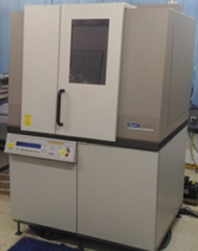











-
Login

-

- About Us
University Bodies
- Academics
Programmes
Continuing education programmes
Other Institutions
Universitywide lists
- Systems
Examinations
Academic Matters
- » Staff & Activities» Affiliation Process
- » Apply for» Eligibility Certificate» Migration Certificate» Transcripts and other certificates» Research Studentship
Directorates Division (DTT)
Public Relations
HR, Purchase, Legal Matters
- » Staff & Activities
- » Recruitment
- » Roster (PwD)
- » Roster (Teaching)» Assistant Professor» Associate Professor» Professor
- » Roster (Non-Teaching)
Finance and Accounts
Welfare
- » Student Placement and Alumni Relations
- » Students Welfare and Cultural Affairs
- » Equal Opportunity» SC/ST Cell» SC/ST Committee (Grievance)» OBC cell
- » Funding Support
- » Justice» Anti-ragging» Grievance Redressal» Internal Complaint Committee
- » National Ragging Prevention Programme
- » Students' Discipline and Conduct Rules
- » Staff & Activities» Affiliation Process
- Facilities
- Policies
- Outreach
- Alumni Connect
Goa University Alumni Association
- Unigoa Pathshala
- Disclosure
- Contact Us
- Login



